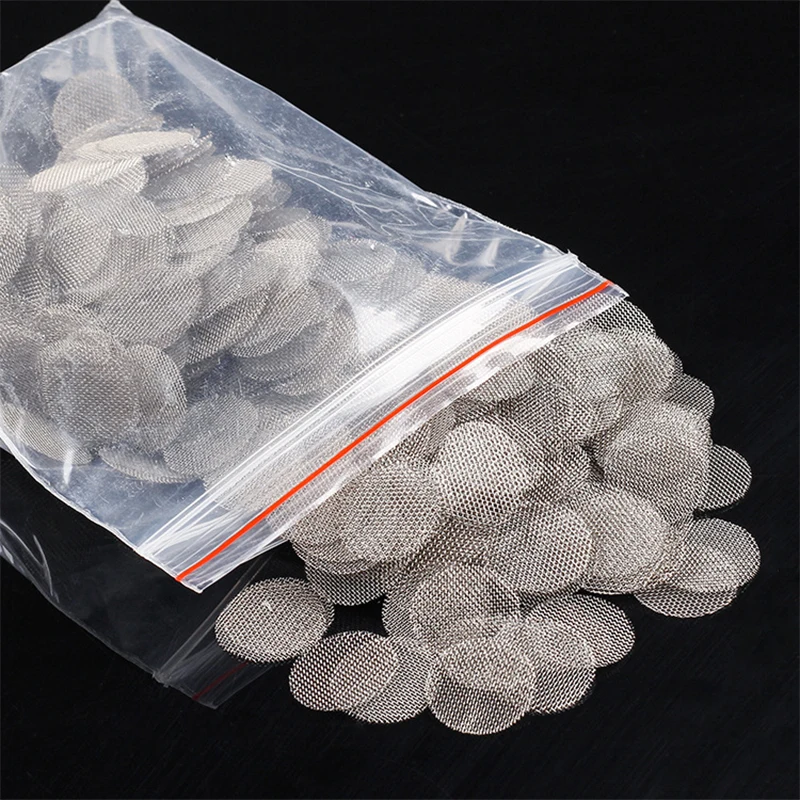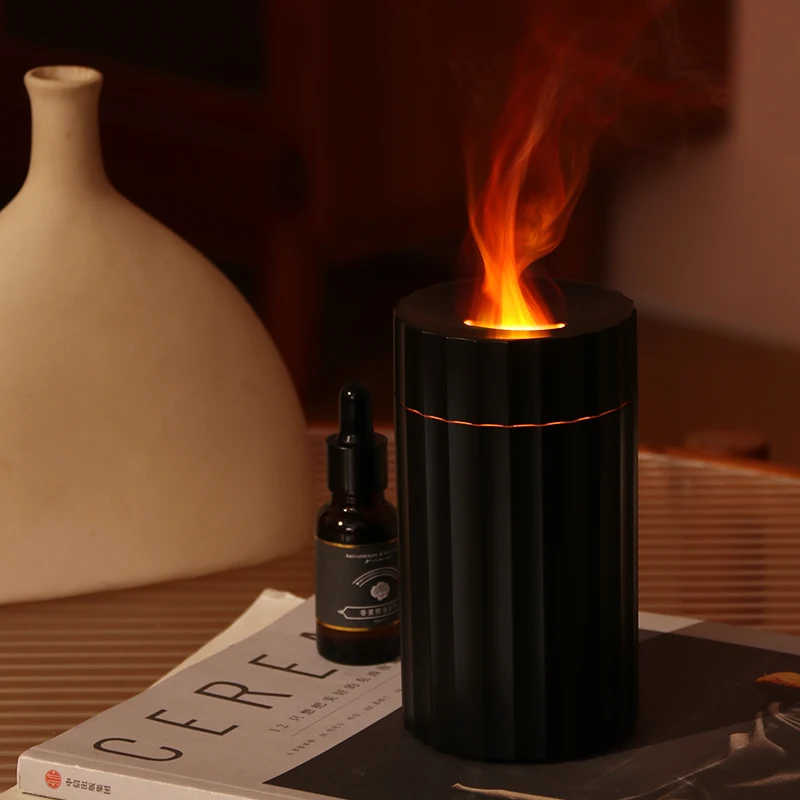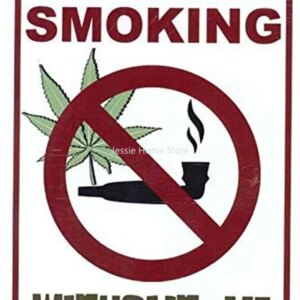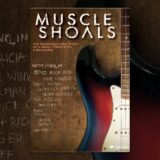Most scholars believe the Hashashin’s love for their namesake substance is an exaggeration, if not an outright fabrication.
When the Italian merchant Marco Polo traveled through the Middle East on his way to China, he was told a story about a group of assassins known as the Hashashin, who lived in a hilltop fortress ruled by the mysterious “Old Man of the Mountain.”
The story, which Polo later recorded in his great travel book Il Milione, went that in the courtyard of his fortress was a “beautiful garden” that clashed with the desert landscape that surrounded it, filled with “lovely women” and fountains spraying wine, honey, and milk.
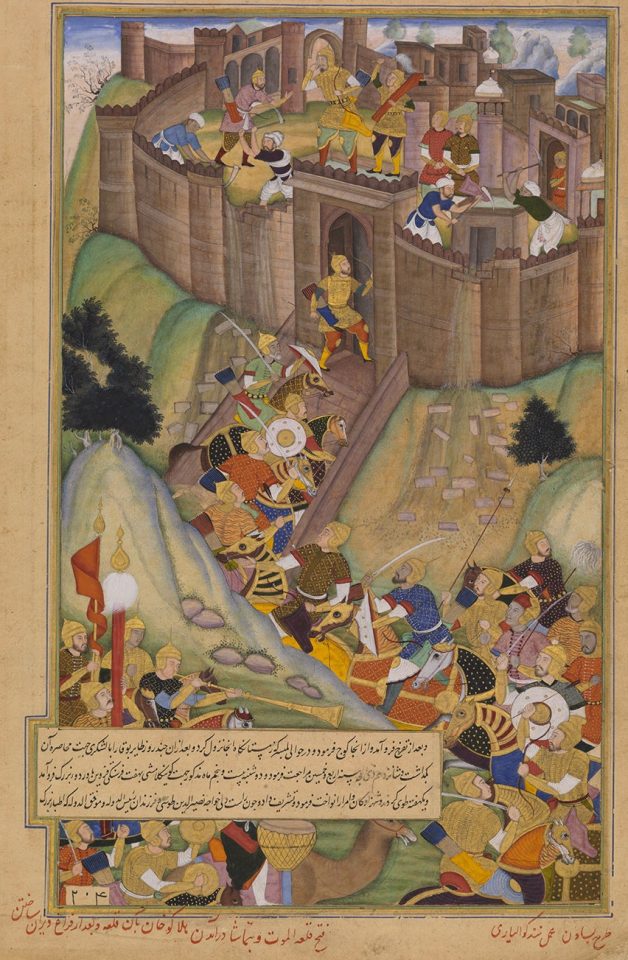
As part of the order’s initiation ritual, the Old Man would drug his assassins before taking them into this garden, so that – when they rose from their intoxicated slumber – they’d think they died and arrived in Paradise, where they could drink as much as they wished, and the “damsels dallied with them to their hearts’ content.”
Then, the Old Man would drug them again and take them out of the garden. When the assassins came to their senses this time, they were so eager to be let back into Paradise that they would do anything – and kill anyone – to make it happen. Then, and only then, would they be sent off on their first assassination mission.
The group Polo heard about really existed. They really were assassins. They really lived inside a hilltop fortress, and they really answered to a person known as the Old Man of the Mountain. But did they ritualistically drug one another? And if they did, what kind of substance did they use?
Nowadays, most people will tell you it’s weed. Specifically, hashish, a cannabis concentrate that came to the Middle East via the Silk Road, and was widely consumed throughout the Islamic Golden Age. Rumor has it the assassins were such big fans of the stuff, they became known as the Hashashin (Polo missed an H): the “hashish users.”
Enter “Hashashin” into a search engine, and you’ll find no shortage of blog posts – many posted on cannabis websites – presenting the assassin’s hashish use as a historical fact. In truth, though, there is no direct evidence suggesting the Hashashin got stoned, let alone more stoned than any other social group at the time. So, what’s going on here?
Be with terror
First, some actual historical background. The Order of Assassins was formed in the late 11th century by Hassan-i Sabbah, a religious and military leader born in what is today Iran. A Shia Muslim, he created the order, which also functioned as an independent Shia kingdom, to fight the Seljuk Empire, a Sunni Muslim state that stretched from the Levant to the western Himalayas.
Because the Seljuk Empire was many times larger and more powerful, Hassan could not confront it head-on. Instead, he told his followers to go after individual Seljuk leaders in the hopes of triggering a succession crisis that would cause the empire to crumble from within. “By one single warrior on foot,” he promised, “a king may be with terror, though he owns more than a hundred thousand horsemen.”
Hassan’s plan worked. During one of the first recorded assassinations, an assassin disguised himself as a traveling mystic to get up close to the empire’s de facto ruler, the renowned scholar and statesman Nizam al-Mulk. Although the assassin was struck down by Nizam’s guards, he managed to take his target with him, leaving behind a power vacuum that plunged the Seljuks into a disastrous civil war.
A skilled statesman in his own right, Hassan took advantage of the Empire’s weakened state by forging alliances with various warlords contending for the imperial throne. Along the way, the Hashashin established new bases throughout the Middle East, one of which was Masyaf in Syria, the setting of the first Assassin’s Creed game.
What happens in the garden, stays in the garden
When, how, and why the Hashashin consumed hashish varies from source to source. Polo’s story suggests the drug was used in an elaborate initiation ritual that ensured the would-be assassin’s loyalty to Hassan and other leaders. Others claim that the assassins consumed hashish to get into a murderous mindset, or as a reward for successful kills.
If, as Polo recorded, the Hashashin consumed their hashish as a drinkable potion, that potion may well have been bhang. Originating in India around 1,000 BC, bhang was made from ground cannabis leaves and milk, strained and flavored with spices and fruits – a recipe that probably arrived in the Middle East alongside hashish itself.
Note the uses of “probably” and “may well.” As mentioned, none of these theories are founded on solid historical evidence. The closest we get to such evidence, according to one academic paper, is an Arabic text that mentions hashish was first brought to Persia by a member of the Shia sect to which Hassan and the other assassins belonged. But that was just one guy, and hashish consumption – as discussed – was widespread in the Islamic world.
Polo’s anecdote, while widely cited throughout the ages, doesn’t hold up either. For starters, the ruins of the hilltop fortress – which are located in northern Iran – show no signs of there having once been a garden, let alone one so big and beautiful as to be mistaken for heaven. Add to this the facts that 1) Polo traveled through Iran long after the assassins disbanded (more on that later); and 2) other, older versions of the same story don’t reference drugs or potions, and what you’re left with is – at best – a dead end.
Shia slurs
If the notion that the Hashashin consumed copious amounts of hashish is likely nothing more than a rumor, where did this rumor come from? Who spread it? And why? Considering Polo heard the story from someone else, it’s safe to say that it had already been around for some time, and likely originated when the order first started gaining a reputation in the Muslim world.
Answering the other two questions is a bit trickier. If hashish consumption was commonplace, why use it to describe a group of people that possessed many other, far more unique qualities and characteristics? A likely explanation is that the term “Hashashin” isn’t derived from hashish at all.
Some say it comes from the old Arabic verb “hassa,” which meant “to kill,” as well as the noun “hassas,” which meant “ambusher” or “thief in the night,” while others claim it comes from Hassan’s own name. The author of that aforementioned paper proposes that the term “Hashashin” evolved from a slur Sunni Muslims used to mock Hassan’s sect, the Isma’ilis (the Assassins were also known as the Nizari Isma’ili).
This, the author writes, would explain why the etymological origins of “Hashashin” are shrouded in mystery, as the term – among other slang words – would have been avoided by scribes. It also explains why the term ended up traveling westward, as Europeans – not just Polo, but also crusaders – would have heard in conversation what wasn’t written down.
Most of what they heard wasn’t pretty. The Assassins had a reputation for being crazy, cruel, perverted, and treacherous. More noteworthy than their hallucinogenic potions were their supposed massive orgies, and the way some of them were said to earn the trust of their victims, spending years and years in their inner circles before finally stabbing them in the back.
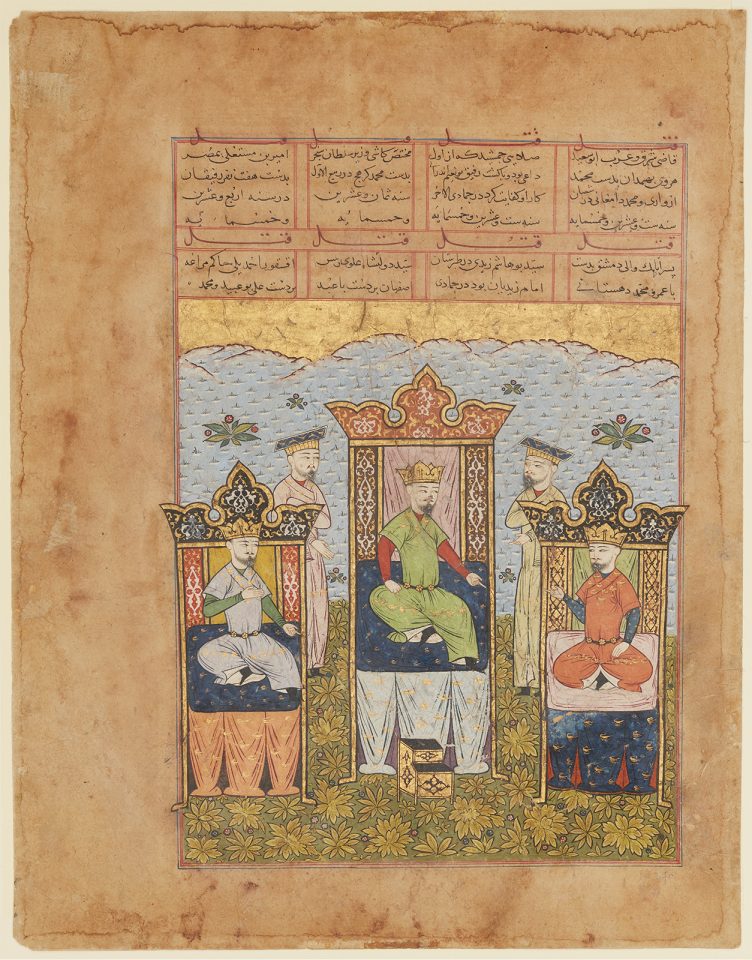
End of an era
Only when hashish consumption started falling out of favor in the Middle East did it become a central feature of the Hashashin’s disreputable reputation. When this change in public opinion took place is hard to say, as it coincided with the end of the Islamic Golden Age, a period of widespread political unrest and – by extension – comparatively patchy historical records.
One of the first known rulers to go after hashish was Rukn al-Din Baybars, the Mamluk Sultan of Egypt and Syria, who reigned from 1260 to 1277 AD. A morally uptight ruler, he not only cracked down on wine – the enjoyment of which, alongside other intoxicants, had long been forbidden by prevailing interpretations of the Quran – but also on hashish, banning both its consumption and distribution.
The connection between hashish and the Hashashin followed Polo back to his native Europe, where consumption of the former was alternately met with timid acceptance and deeply-rooted mistrust. The fear that cannabis makes people violent, a popular talking point during the War on Drugs, harkens back to the West’s collective memory of the Assassins and the Oriental stereotypes propagated by the Order’s enemies.
As for the Order itself, it met its end the same way many other societies and cultures from that time did: at the hands of the Mongols. Toppling the Seljuks had been a piece of cake, but Genghis Khan’s continent-spanning empire, formed in the early 13th century, was a different beast altogether. A clear case of biting off more than you can chew, really.
Had the Assassins succeeded at killing Genghis Khan’s grandson, Hulegu, they might have divided the Mongols the same way they divided the Seljuks after killing Nizam. But they didn’t succeed, and rather than frightening Hulegu, they merely made him mad.
Mongol warriors armed with Chinese siege weapons rode into Persia in 1256, destroying the fortress of Alamut before leveling every other Assassin base in the Middle East. The survivors were rounded up and marched to the imperial capital of Karakorum to beg for mercy they did not receive. The journey, unlike Polo’s, was one way.
Editor’s note: This article examines historical myths and records about cannabis and the Hashashin. It is not intended to suggest definitive evidence of cannabis use by the Order.
Lead image: Public domain, via Wikimedia Commons.





